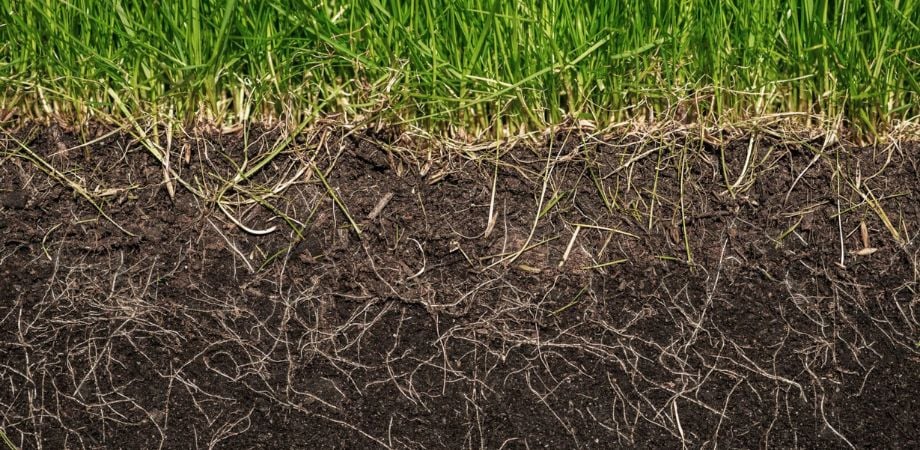As fall inches closer, cooler temperatures and different sun angles will arrive, meaning there will be less intense heat in the afternoon. These conditions make fall ideal for turf recovery, and fertilizer applications will play a key role in that process.
The Benefits of Fall Fertilization
As a lawn care operator, fertilizing customers’ lawns in the fall strengthens their roots, helps them become denser, and provides them with a steady supply of nutrients throughout the winter, promoting an earlier spring green-up.
Customers will notice that their lawn will exhibit a healthy, dark green color that lasts into winter. Their property will also be less susceptible to disease, pests, and other stressors thanks to their turf’s deep roots—likely reducing callbacks and increasing satisfaction.
Timing Your Next Application
Fall fertilizer applications can begin in early September and continue even after the first frost, depending on your geographic location. Generally speaking, it’s ideal to make an application while the turf is still green and before air temperatures drop below 40°F. This will ensure that the turf’s roots are able to absorb the nutrients in the fertilizer.
Mow the property before using granular fertilizer to prevent tracking and uneven dispersion. Also, pay attention to the weather forecast, particularly the amount of rain expected. Applying the fertilizer before a light rain can promote nutrient absorption, but avoid applying it before a heavy rain, as this could lead to runoff and wasted product.
Choosing the Best Fertilizers for Fall Applications
Starter Fertilizer: If you’re planning to seed or aerate, consider a starter fertilizer like 16-28-12, which features Armament technology for superior nutrient uptake. For those seeking an organic option, ATS 9-12-6 is an organic blend starter fertilizer that also contains Armament technology.
Slow-Release Fertilizer: Slow-release, all-purpose fertilizers containing a high level of nitrogen, such as the liquid 22-0-4 with Armament and 30-0-0, are great choices for recovery when you aren’t seeding. 22-3-11 and 30-0-6 are trusted granular options, too. A product like Foliar-Pak 14-2-4 delivers all three key nutrients plus manganese and iron—two other important nutrients—in the same package.
Organic Fertilizer: Organic options also exist, and although they often come at a higher cost, they can make nutrients available in a quicker, more predictable timeframe compared to other options. Nature Safe 18-0-4 contains three forms of nitrogen and uses Armament technology to achieve maximum nutrition. Nature Safe 10-2-8 is another option that is particularly beneficial for properties with potassium deficiencies.
Winterizer Fertilizer: High-nitrogen fertilizers like 46-0-0 and 34-0-4 are popular winterizing fertilizers. These fertilizers are designed to release quickly to the root system and, as such, do not have stabilization or slow-release capabilities.
For specific fertilizer recommendations tailored to your geographic location, reach out to your ATS rep. They’ll work with you to develop a plan.
Application Guidelines for Specific Turf Types
As mentioned, making applications before temperatures drop below 40°F is the best course of action, but some other stipulations apply depending on the type of turf you’re treating:
- Nitrogen applications should not be made on warm-season turf after Labor Day. Following this advice will allow the turf to harden off and go into dormancy naturally—without pushing growth.
- When fertilizing warm-season grasses like zoysiagrass and bermudagrass in the transition zone, it’s best to make the final nitrogen application four to eight weeks before the first frost.
Mesotrione for Weed Control During Seeding
For lawn care operators seeding and fertilizing in the fall, weed control can be complicated. While herbicides traditionally must be applied several weeks before seeding, mesotrione can be applied on the day of seeding. It is available as a granular starter fertilizer (21-22-4) and in ArmorTech Trione, a liquid product.
For more information on fall fertilization, reach out to your ATS rep. Whether you’re in the Northeast, South, or anywhere in between, your rep will work with you to find products and develop a program that meets your needs. Need to find a rep? Use our locator tool to find one in seconds.












